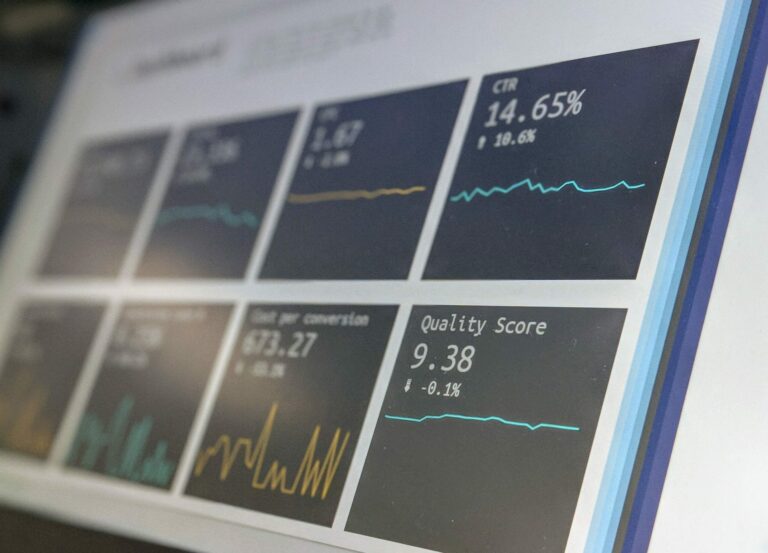“Docker is an open platform for developing, shipping, and running applications. It is designed to deliver your applications faster.” – Raison d’etre
Docker is a startup, open source project that took the development world by storm in early 2016. Companies adopted the project at an incredible rate and Hacker News’ listed it as the top 20 most frequently requested job skills. With all that hype, it had to be good, so we had our developers do some investigating of their own to give you some advice on how to use Docker most effectively. The key advantages that Docker brings for a development team are the benefits of continuous integration, continuous delivery, and infrastructure optimization.
CONTINUOUS INTEGRATION
Starting with continuous integration, Docker lets dev teams develop and test apps at a quicker rate. The program provides tools that enable developers to build collaboratively by combining development with testing. Developers don’t have to worry about different development environments because Docker provides containers that work exactly the same, whether it’s on your local laptop or the live servers.
This allows for smooth transition from development to deployment, and if bugs or issues arise, the process to replicate them is a simple one. Docker can integrate with other development tools like Github and Jenkins, so once developers submit code into Github, Docker automatically triggers a build process in Jenkins. This streamlined process saves valuable time on build and setup.
CONTINUOUS DELIVERY
Another feature of Docker that has impressed the development world. Docker allows teams to deliver the product to quality assurance specialists as well as customers or clients quickly. Docker is considered “language agnostic,” which means that it works the same way in any kind of environment. In the dev world, there are a lot of inconsistencies during the transition from each stage of the production process, including development, testing, and live environment.
This results in a slow delivery process. A huge amount of time is spent on ensuring each environment is set up correctly. With Docker and programs like it, dev teams can transfer their client’s testing and development environment from the client’s local machine straight to the server, and it should work exactly the same way.
INFRASTRUCTURE OPTIMIZATION
Another characteristic of Docker that makes it noteworthy is its infrastructure optimization. This feature decreases development infrastructure cost while simultaneously increasing efficiency. Docker is a relatively lightweight system, unlike Virtual Machines, which tries to resolve the same issues that Docker elegantly solves.
Virtual Machines includes a feature called guest operating systems, which eats up tons of space. Docker addresses this same problem with their container technology. So, it only uses what’s absolutely necessary to run whatever application a client has. Docker also has the benefit of being portable. Companies can easily move their workload from one cloud service to another.
Docker’s technology is currently dominating the cloud and with good reason. Thousands of development teams are re-architecting their cloud infrastructure to utilize Docker. With Docker, dev teams can ship code, test, and deploy faster, shortening the cycle between writing and running code.




